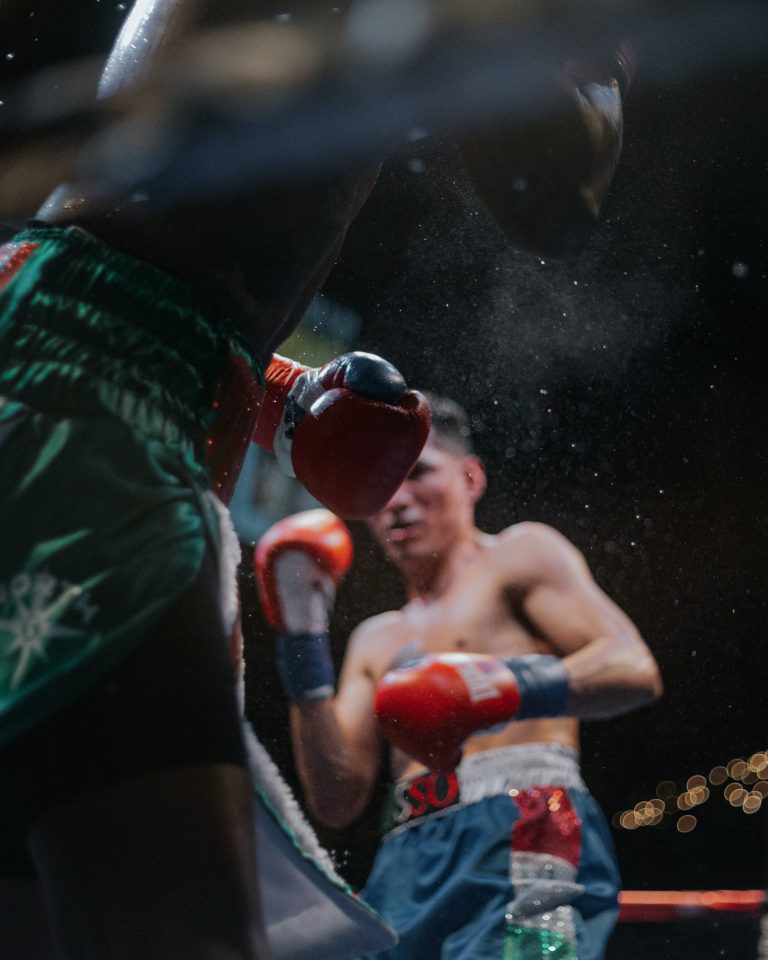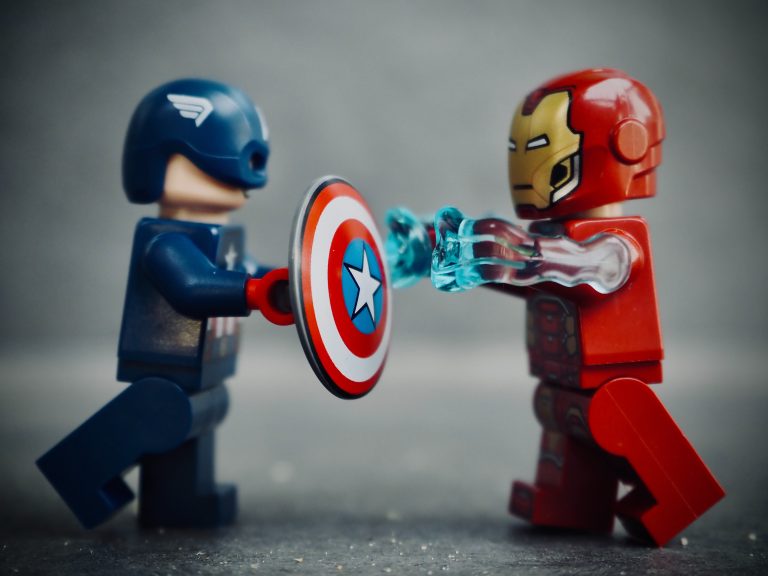Karate: What is the Difference Between Karate and other Martial Arts?
Karate is one of the oldest and most popular martial arts still practiced today, especially in the United States. Whether you’re a beginner or an experienced practitioner, you may be interested in finding out what makes karate different from other martial arts. In this blog post, we’ll discuss the particular characteristics that make karate stand out from the wide variety of martial arts in the world.
Karate is a Striking-Based Art
One of the main differences between karate and other martial arts is its focus on striking techniques. While other martial arts styles may involve throws, joint locks, and chokes, karate places much more emphasis on the use of punches and kicks as the primary means of offense. Many of the techniques taught in karate involve a variety of blocks, parries, and counters to protect yourself from strikes by attacking in the same instant.
Karate was Born in Okinawa
Another way that karate differs from some other martial arts is its origin. Karate was born in Okinawa, a small island off southern Japan, where it was developed from a mix of Chinese and indigenous martial arts. Over time, karate became a reflection of the Okinawan culture, incorporating specific principles and ideals, such as respect for others and the preservation of peace. This makes karate unique in that it is not simply an effective fighting system, but also a form of self-expression.
Kata is an Essential Element of Karate
Unlike certain other martial arts, karate includes the practice of kata (forms), which are memorized patterns of attack and defense movements. Kata can involve a variety of kicks, punches, blocks, and strikes performed against imaginary opponents. Not only do kata help to condition the muscles and improve coordination, but they also provide insight into the mindset and philosophy behind karate as well as introduce practitioners to some of the fundamentals of self-defense.
Kumite Emphasizes Realistic Sparring
Kumite is another key element of karate that distinguishes it from other martial arts. Kumite is a form of free sparring or fighting that allows practitioners to improve their overall skills and gain practical experience in defending themselves against opponents. Unlike many traditional martial arts forms that focus exclusively on perfecting technique and form, kumite encourages karateka (practitioners) to practice actual fighting by assessing their strategical and tactical skills as well as their physical techniques. This adds an important layer of realism to the practice of karate that can be beneficial for learners at all levels.
Karate is Accessible to All
Finally, one of the biggest benefits of training in karate versus some other martial arts is its accessibility. Karate is generally easier to learn than some other more complex fighting techniques due to its simple yet effective methods for striking and defending oneself. Furthermore, karate can be practiced by almost anyone regardless of age or physical attributes due to its focus on conditioning itself to the realities of self-defense scenarios.
Conclusion
In conclusion, karate is a unique martial art in that it has its own particular mix of strikes, principles, forms, and strategies that make it stand out from other styles of self-defense. Its focus on striking-based techniques, its roots in Okinawa culture, its emphasis on kata and kumite, as well as its accessibility make it an ideal choice for those looking to learn a practical yet effective system for self-protection. Whether you’re a beginner or a seasoned veteran, karate is an excellent choice for anyone interested in learning more about self-defense and becoming a more aware and confident individual.
Karate: What is the Difference Between Karate and other Martial Arts?
Karate is a well-known form of martial art originating from Japan. It is typically characterized by fast, powerful strikes and fluid movements. However, with so many different forms of martial arts available today, it is difficult for many people to understand the differences between them, especially between karate and other forms of martial arts. In this article, we will answer some of the most frequently asked questions about karate and the differences between karate and other martial arts.
What is Karate?
Karate is a style of martial arts that originated in Japan. It was developed during the Ryukyu Kingdom period in Okinawa, Japan, and was later brought to mainland Japan in the 1920s. Karate uses striking, kicking, knee strikes, and open-handed techniques to defend oneself. It is often described as a striking art, as opposed to grappling or throwing arts like Judo or Jujutsu.
What are the Differences Between Karate and Other Martial Arts?
There are several differences between karate and other martial arts. Some of the most notable ones include:
1. Focus on Striking:
One major difference between karate and other martial arts is that karate focuses on striking, whereas other arts focus on throws, takedowns, and submissions. Karate practitioners train to deliver quick and powerful strikes, punches, and kicks.
2. Form and Kata:
Karate has a distinct form and kata, which is a series of movements that simulate fighting scenarios. The movements are executed with precision and control, and the kata is designed to develop muscle memory, speed, and power.
3. Philosophy and Mindset:
Karate has a strong philosophical component that emphasizes the importance of discipline, respect, and perseverance. Practitioners are encouraged to develop a strong mindset and an indomitable spirit.
4. Belt Ranking System:
Karate has a well-known ranking system, which is represented by the different-colored belts that practitioners wear. The higher the belt rank, the more experienced and skilled the practitioner is considered to be.
5. Types of Techniques:
There are different types of techniques used in karate, including striking, punching, and kicking techniques. Other martial arts, such as Judo or Jujutsu, tend to focus more on throwing and grappling techniques.
What Are the Benefits of Practicing Karate?
There are several benefits of practicing karate. Some of the most notable ones include:
1. Improved Physical Fitness:
Karate is an excellent way to improve physical fitness. Practitioners develop strength, flexibility, balance, and endurance through rigorous training.
2. Improved Mental Health:
Karate can also help improve mental health by reducing stress, anxiety, and depression. The focus on discipline, respect, and perseverance can help develop a strong mindset and inner strength.
3. Self-Defense:
Karate is an effective form of self-defense. Practitioners learn techniques to defend themselves against attackers, which can help increase their confidence and sense of safety.
4. Increased Confidence:
Karate can help increase confidence by providing a sense of accomplishment through belt promotion and training progress. Practitioners gain confidence in their abilities and develop a positive self-image.
5. Sense of Community:
Karate provides a sense of community for practitioners. They train together, challenge each other, and support each other, creating a strong sense of camaraderie.
What are Some Common Misconceptions About Karate?
There are several misconceptions about karate. Some of the most common ones include:
1. Karate is Only for Self Defense:
While karate is an effective form of self-defense, it is much more than that. It is a form of martial arts that emphasizes physical fitness, mental health, and personal development.
2. Karate is All About Fighting:
Karate is not all about fighting. In fact, karate practitioners are taught to avoid fights whenever possible, and to use their skills only as a last resort. Karate is more about developing discipline, respect, and self-control.
3. Karate is Only for Young People:
Karate is not just for young people. It is a form of martial arts that can be practiced by people of all ages, from children to seniors. In fact, it can be an excellent form of exercise for older adults, as it can help improve balance, flexibility, and coordination.
4. Karate is Too Violent:
While karate does involve striking and kicking techniques, it is not overly violent. Practitioners are taught to control their movements and their emotions, and to use their skills only when necessary.
5. Karate is Easy:
Karate is not easy. It requires dedication, hard work, and consistent training to develop the skills and discipline needed to become proficient. However, the rewards of the training are well worth the effort.
Conclusion
In summary, karate is a striking form of martial arts that emphasizes discipline, respect, and perseverance. It is different from other martial arts in its focus on striking techniques, its use of kata and form, and its emphasis on philosophy and mindset. Practicing karate can provide numerous physical and mental health benefits, and it can be practiced by people of all ages. While there are several misconceptions about karate, it is clear that it is an effective form of personal development and self-defense.
Inhaltsverzeichnis






